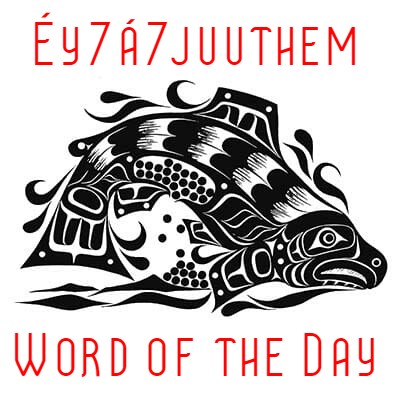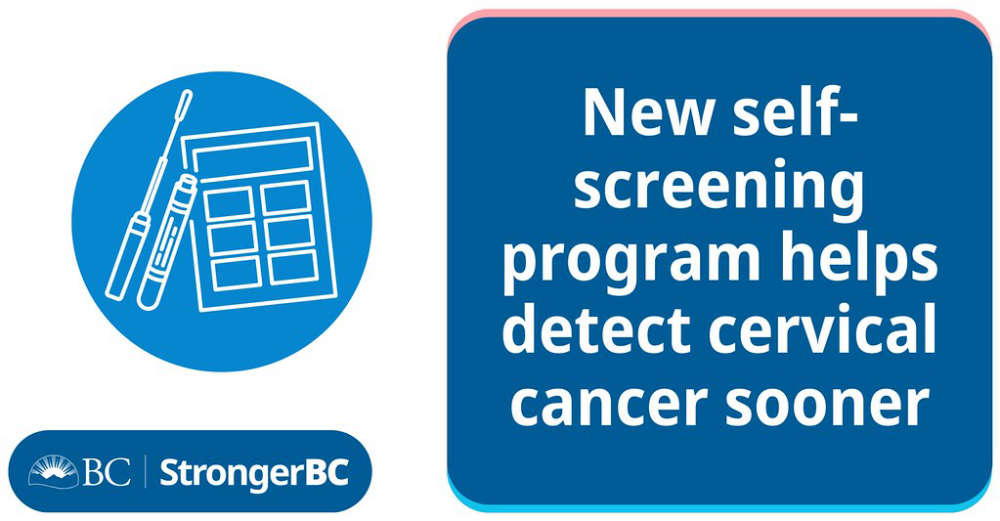
The BC government is looking to eliminate cervical cancer in the province.
“It’s not every day that a province can set an achievable goal of eliminating a deadly cancer, but today’s launch of the first at-home self-screening program means ending deadly cervical cancer in British Columbia is a now a very real possibility,” said Premier David Eby.
“As of Jan. 29, women will be able to order a quick, easy and highly accurate test kit to use at home, and will be able to access a network of highly trained and compassionate medical professionals who will support those identified to be at higher risk. This more accurate, comfortable and convenient way to test will encourage more women, and vulnerable populations like trans people, across the province to get screened, including in more rural and remote communities. By working together, we can eliminate deadly cervical cancer in B.C. in the next decade.”
Women and individuals from 25 to 69 can choose to order a kit to self-screen for HPV, the leading cause of cervical cancer, or have their screening sample collected by a health-care provider.
Cervical cancer is the fourth most common cancer in women globally with rates among the fastest increasing among females in Canada.
It is preventable through immunization and screening programs.
Ninety-nine percent of cervical cancers are caused by high-risk HPV.
The province says self-screening removes obstacles such as cultural barriers, history of trauma, the need for transportation, child care and booking time off from work for traditional testing.
To see the full release, visit Government of British Columbia.
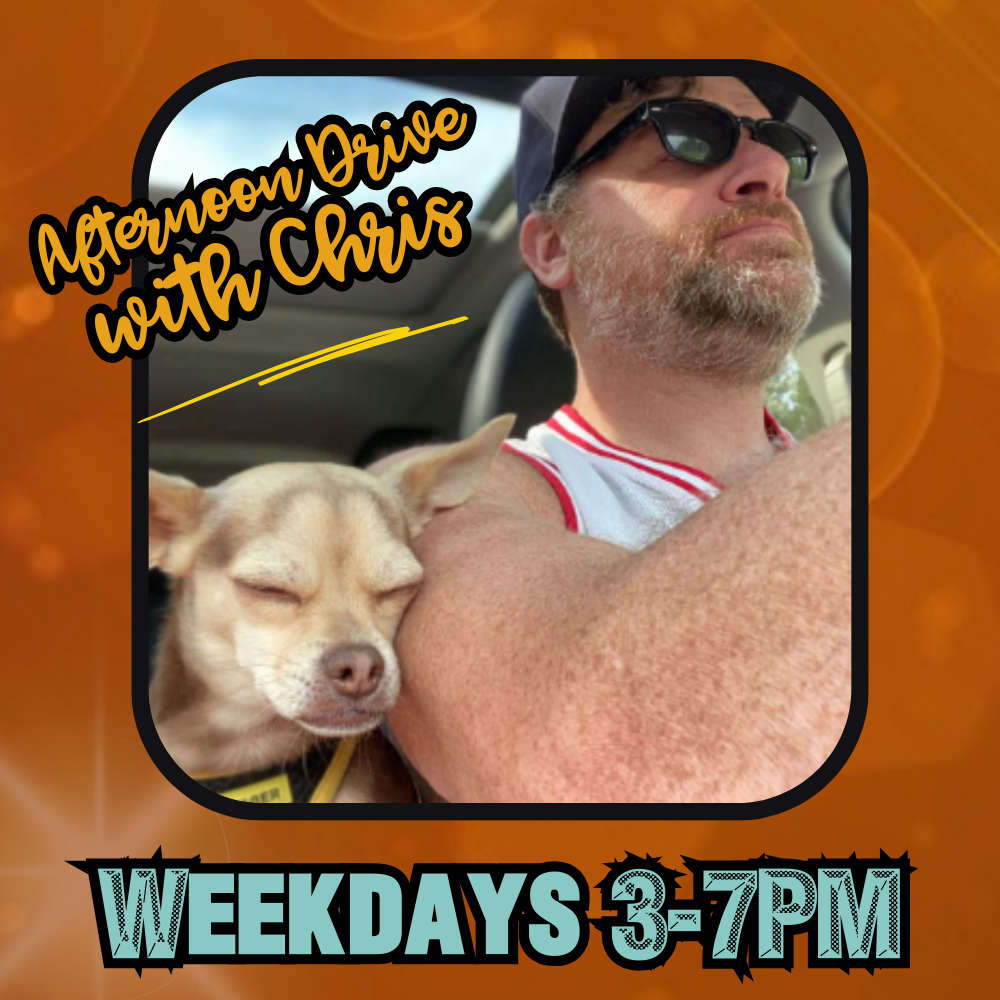
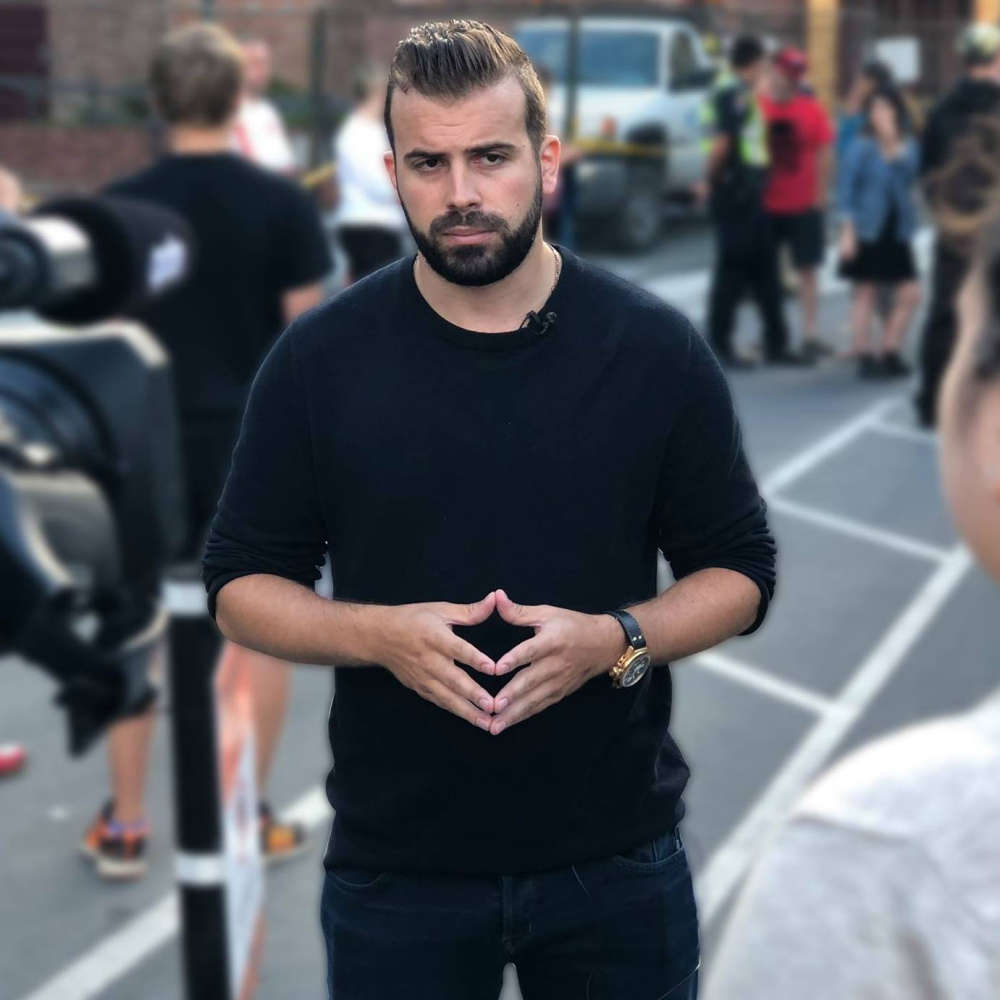 First Nation Leadership Council Calls For Conservatives To Pull North Island-Powell River Candidate
First Nation Leadership Council Calls For Conservatives To Pull North Island-Powell River Candidate
 North Island-Powell River All Candidates Debate At Sunday At Tidemark Theatre
North Island-Powell River All Candidates Debate At Sunday At Tidemark Theatre
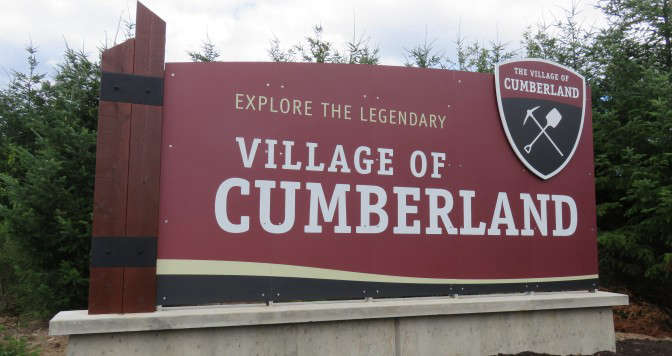 Cumberland Residents Are Encouraged To Report Incidents To The RCMP
Cumberland Residents Are Encouraged To Report Incidents To The RCMP
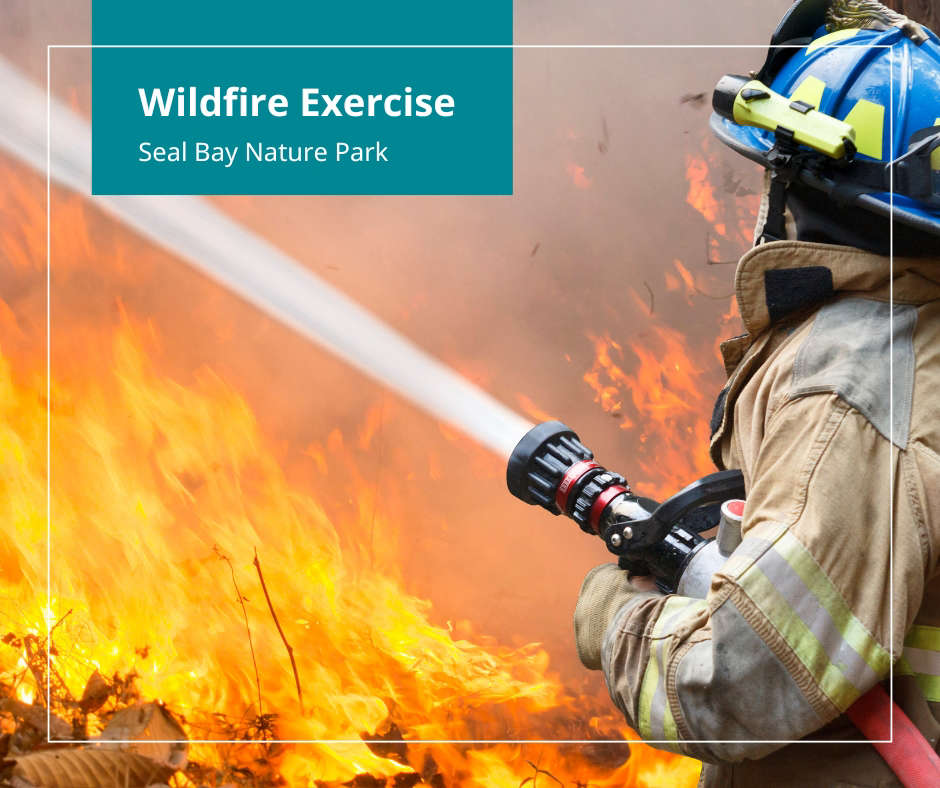 Training Exercise Today At 19 Wing Comox And Seal Bay Nature Park Area
Training Exercise Today At 19 Wing Comox And Seal Bay Nature Park Area
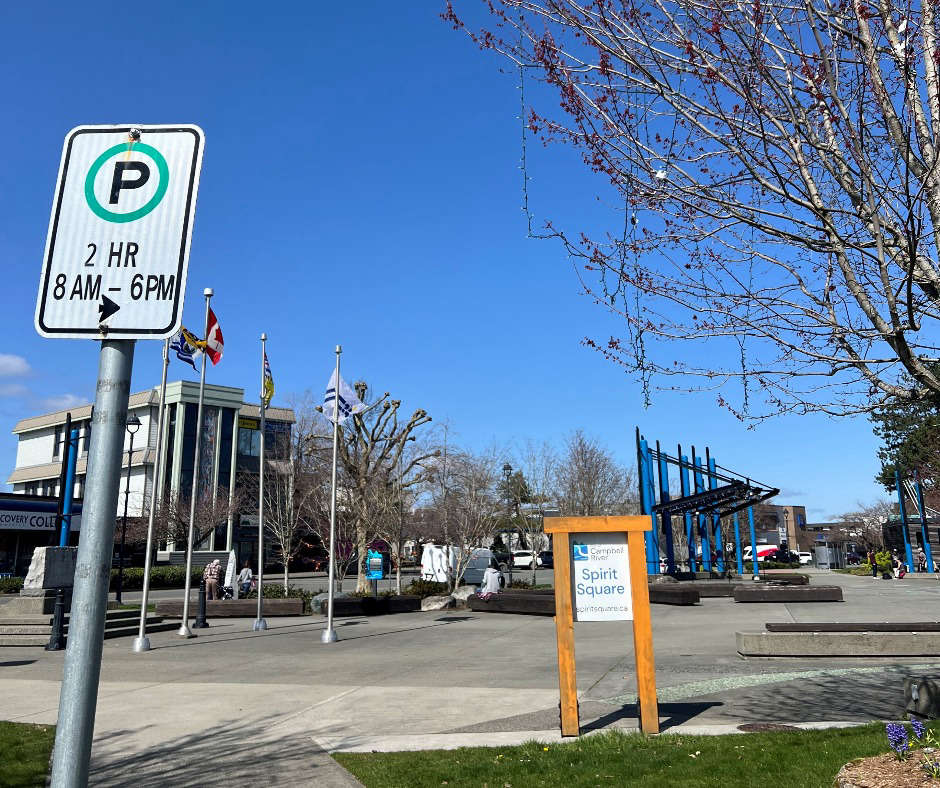 Campbell River Extends Downtown Parking Time Limits
Campbell River Extends Downtown Parking Time Limits
